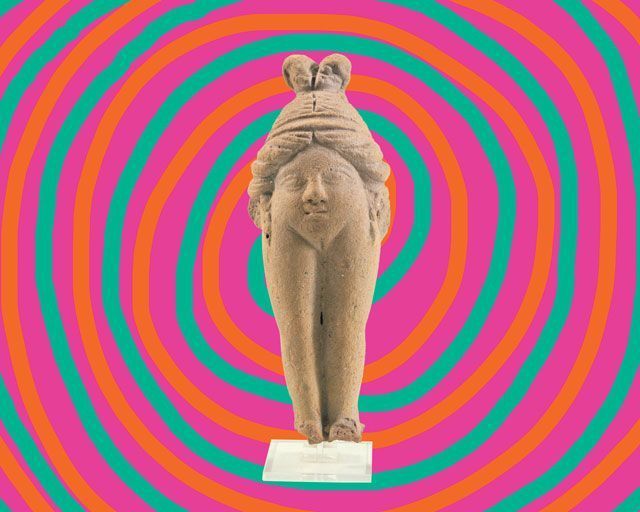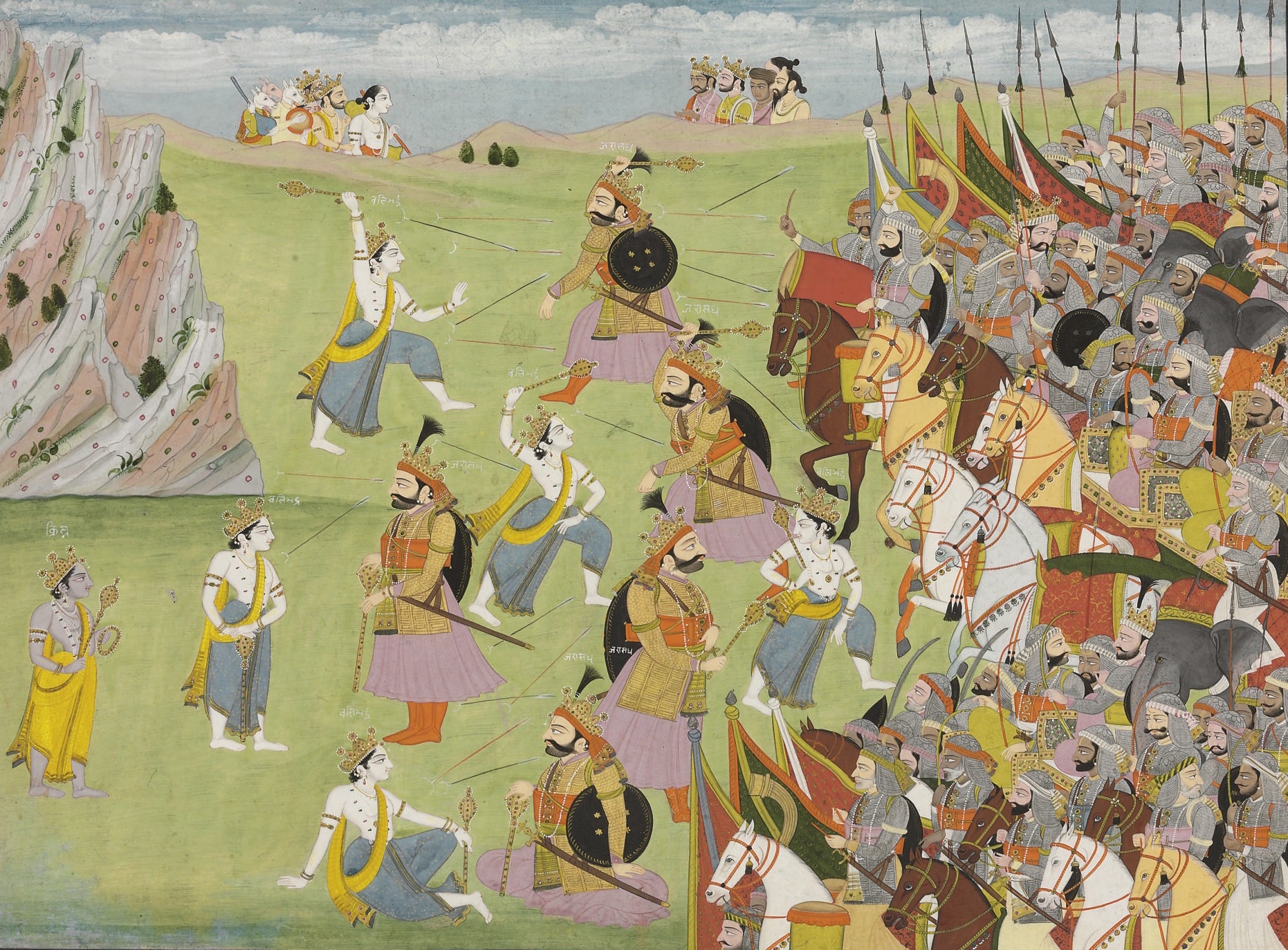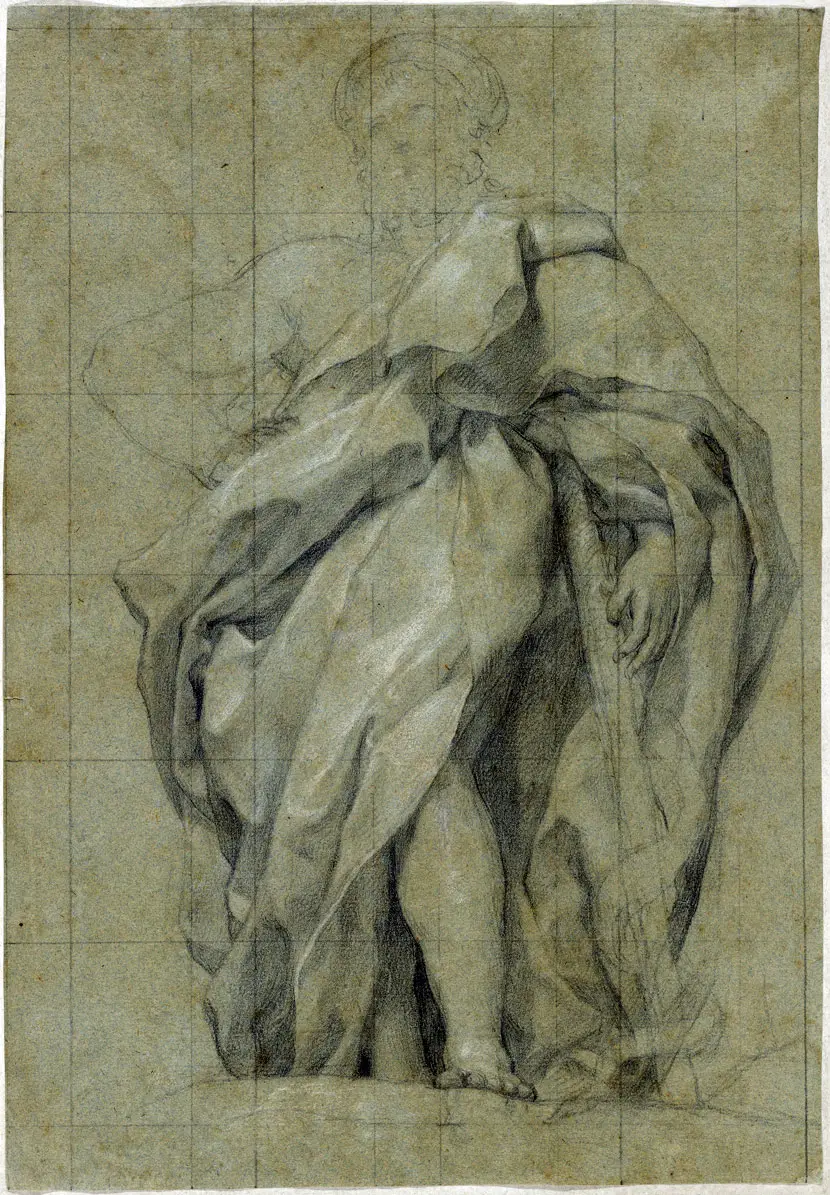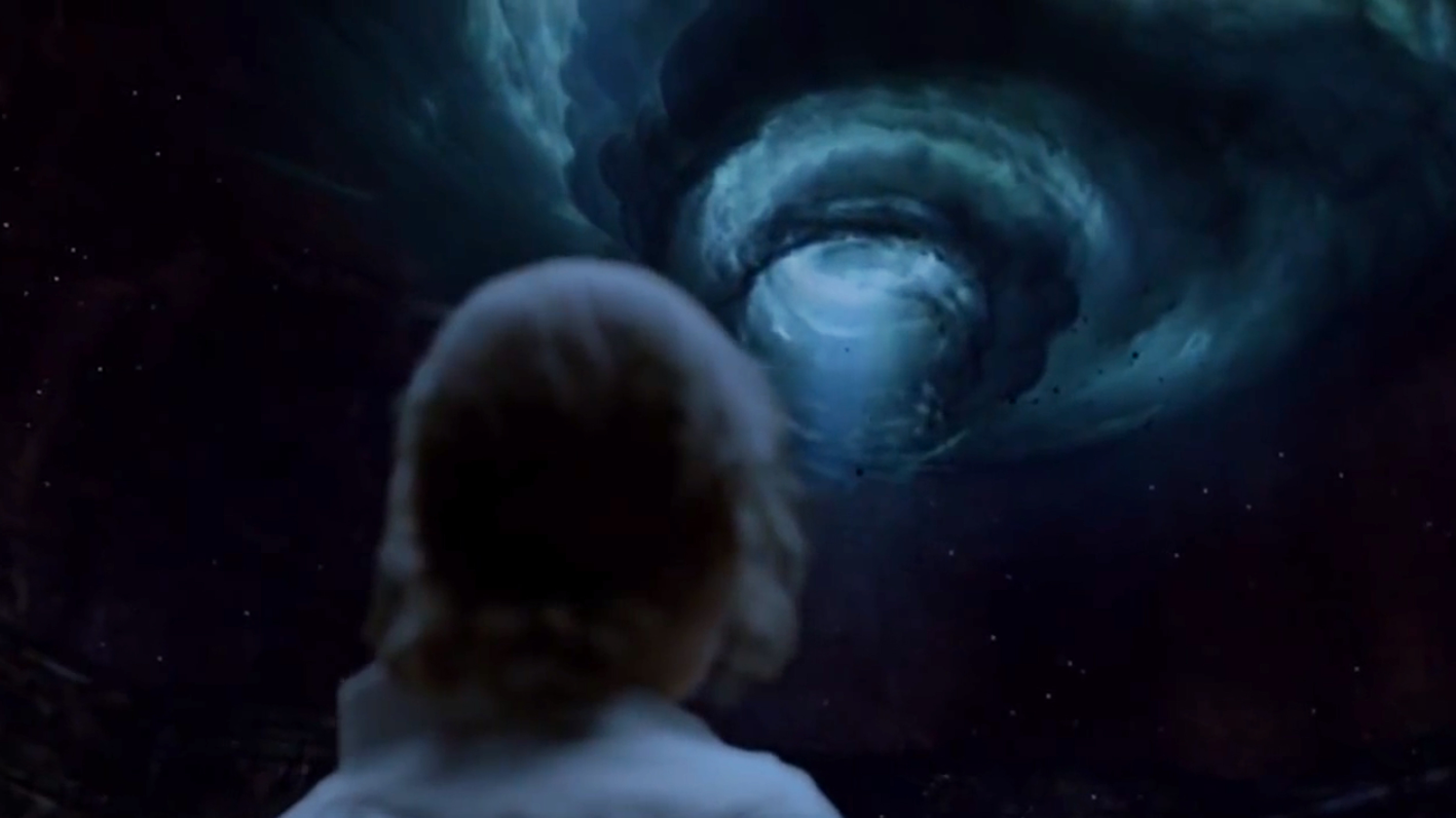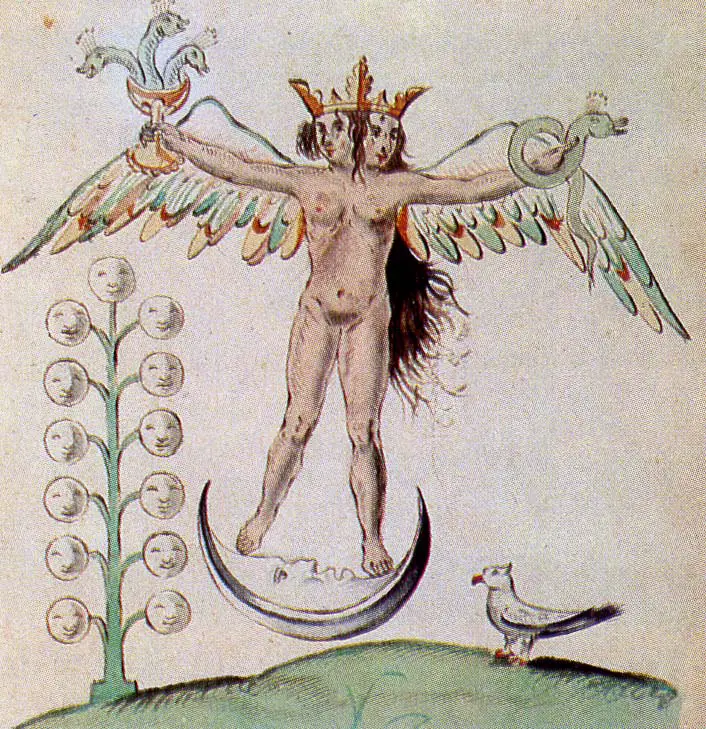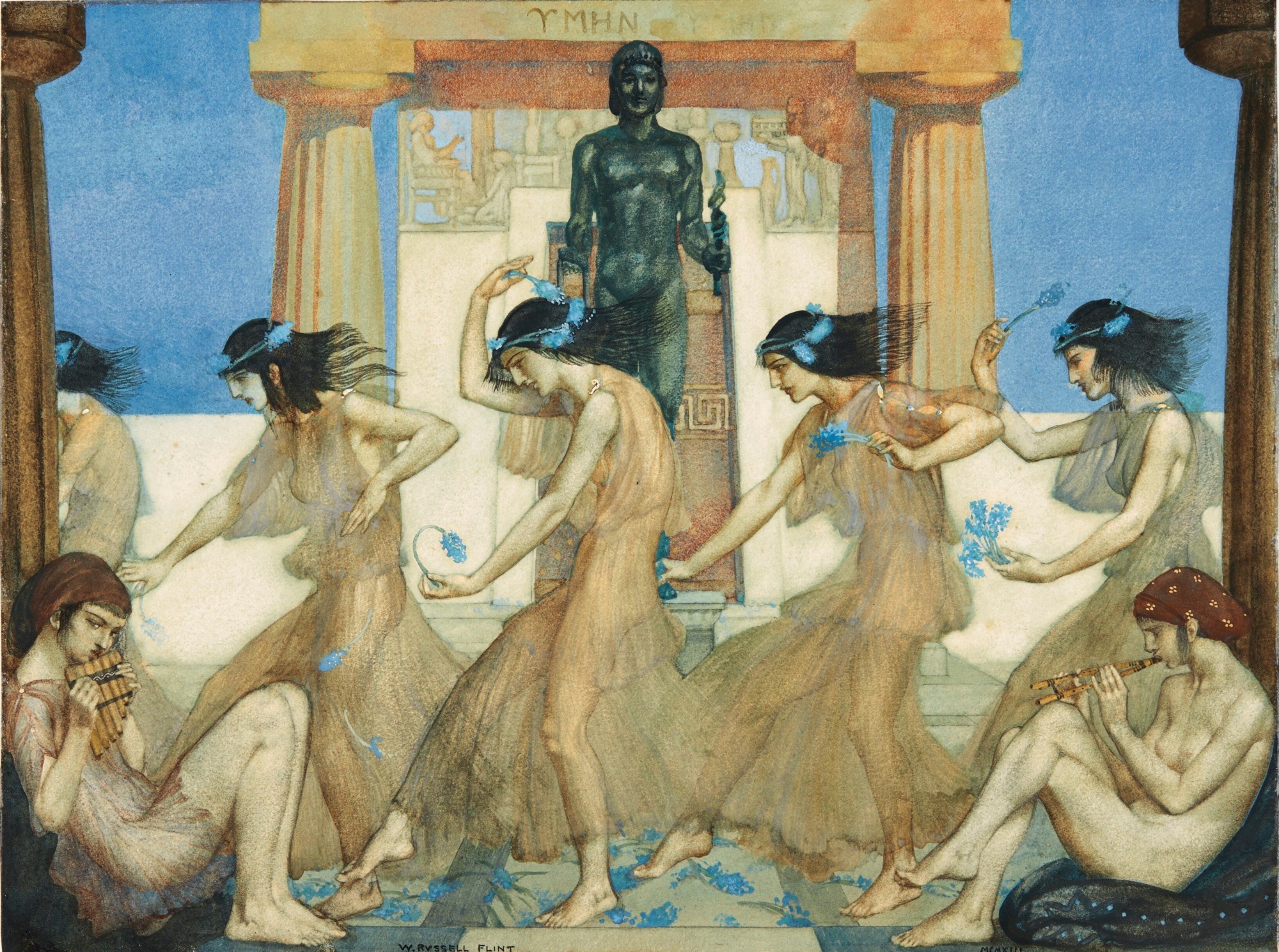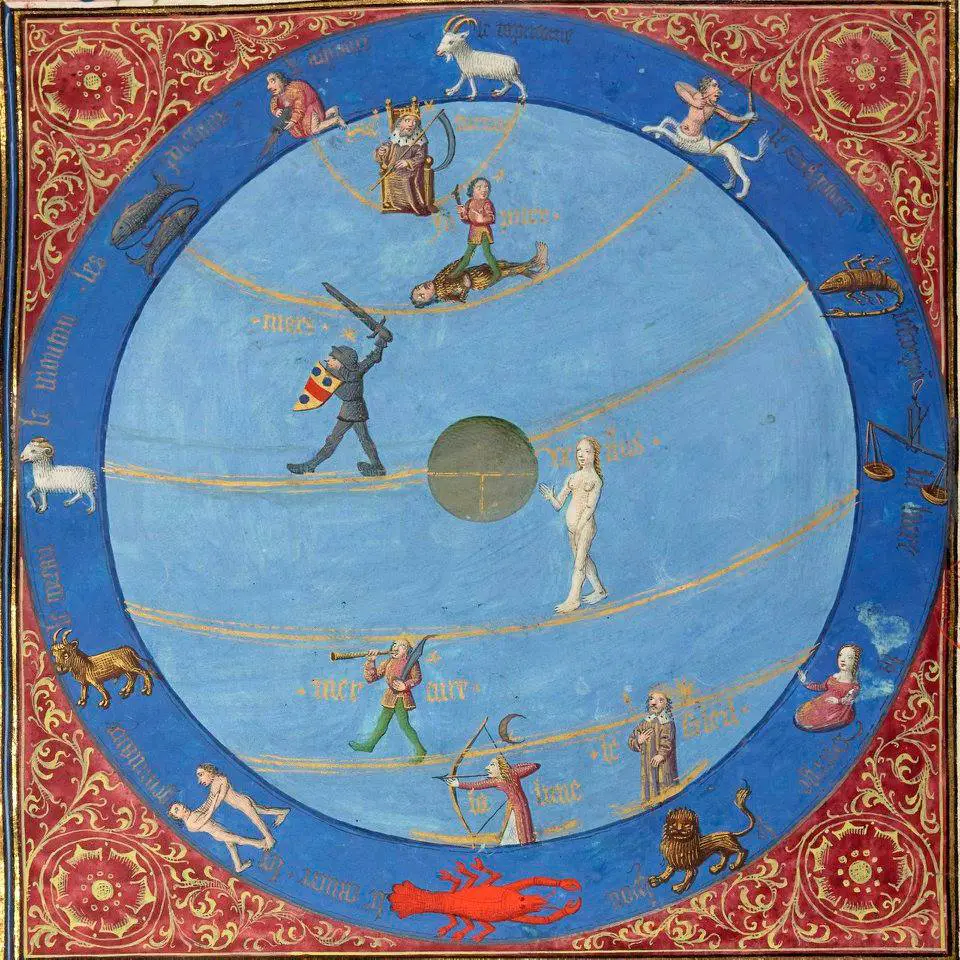Tag: Homer
Of Solstices and Apocalypses: of Saturn and the Golden Age
Solstitial and "apocalyptic" annotations on the celebration of Christmas and the end of the Year, on the archaic doctrine of the "gates" of the Cosmos and of the Year and on the eschatology of the ancient Sidereal Religion, passing from the Greco-Roman tradition to the Hindu one the Christian one.
René Guénon: "The symbolism of the Zodiac in the Pythagoreans"
On the symbolism of the solstitial doors in the ancient Hellenic and Vedic tradition: Cancer and Capricorn, the "door of the gods" and the "door of men", the dêva-loka and the pitri-loka of the Hindu tradition. Thus the traditional doctrines framed the zodiacal symbolism to the process of migration of souls from the celestial to the sublunar plane, and vice versa.
The suffering of the earth: overpopulation and the myths of depopulation in India, Iran and Greece
The mythologem of "cosmic weariness" and "earth suffering", which inevitably follows a divine action aimed at depopulating the planet - whether it be a war between gods or a deluge sent from heaven - to balance its irremediably compromised equilibrium, is finds with notable correspondences in different Indo-European traditions, or rather Indo-Mediterranean ones: in India and Iran as well as in ancient Greece, and partly also in the Old Testament tradition.
Asclepius: genesis and myth, from hero to god
Genesis of the cult of Asclepius, first a hero-healer and then a divinity of Dream and Medicine in the Hellenic pantheon: from the textile origins to the Homeric and Hesiodic texts.
"True Detective": the Devouring Time and the Eternal Return
In view of the release, scheduled for January 14, of the third season of "True Detective", we propose to our readers the cycle of articles we curated for YAWP on the esoteric elements of the successful television series.
The Pole, the incorporation, the Androgyne
The mythical traditions from all over the world speak of an auroral golden age in which Man lived "in the company of the gods": this can perhaps be related to creation "in the image and likeness of God" and to tradition of the Platonic primordial Androgynous, homologue of the kabbalistic Adam Kadmon?
HP Lovecraft: "Poetry and the Gods"
Written in collaboration with Anna H. Crofts, "Poetry and the Gods" (1920) combines the Lovecraftian ideal of the Poetic Imagination with romantic devotion to the ancient Gods.
Homer, Heraclitus and the riddle of lice
The riddle of lice posed to Homer by the children of fishermen, and taken up after two and a half centuries by Heraclitus, allows us to reflect on the significance of the Enigma in ancient Hellas.
Hamlet, or of infinity and action
Mythical-anthropological portrait of the protagonist of one of the most paradigmatic Shakespearean plays: reflections on the Dionysian Man in front of Mælström and non-sense, on the "border" where Hamlet reigns as "Fool", on the existing dichotomy between visible-tangible and invisible -intangible.
Astrological Considerations on the Gospel: A Solar-Based Soteriology
di Andrew Casella
cover: “The creation of the Sun, the Moon and the stars”, ca. 1250-1260
The cycle of articles dedicated to sacred astronomy by Andrea Casella continues. In this appointment and in the one that will follow, the author focuses on the soteriology of the Christian Gospels, identifying the references — most of the time now forgotten and therefore misunderstood — to the ancient astroteological tradition. In this first part we will analyze in a special way the figure of John the Baptist and his relationship with Jesus (especially as regards "baptism") and that of Judas the Iscariot, connected with the constellation of Scorpio.
Stellar symbolism and solar symbolism
di Andrew Casella
cover: "The zodiac and the planets" by Bartholomeus Anglicus, taken from De proprietatibus rerum, Ahun 1480
[follows from Cyclic time and its mythological meaning: the precession of the equinoxes and the tetramorph e A Science in Tatters: Survival of the Doctrines of Cyclic Time from the Timaeus to the Apocalypse]
To resume the common thread of the images that we introduced in the first two appointments of this cycle, in the light of the previous considerations, it might be useful to quote a passage from Norse mythology.
Divinity of the Underworld, the Afterlife and the Mysteries
di Marco Maculotti
We continue the discussion previously developed, taking it from the connection that we have seen to exist, in ancient traditions, between the period of the "solstitial crisis" and the belief in the return of the souls of the dead to the living. The connection with the underworld / underworld and with the Kingdom of the Dead seems, as we have seen, to be recurrent for these deities that we have defined as 'of the Winter Sun' [cf. Cernunno, Odin and other deities of the 'Winter Sun'], at the same time gods of fecundity and also linked to the underworld and, therefore, to the deceased.
We have already seen that the Celtic Cernunno, in addition to being a god of nature and time, is also considered an underworld deity, especially as regards his psychopomp function, as a companion of the dead in the afterlife: a mercurial aspect that in tradition Nordic is also found, as we have seen, in Odin / Wodan, from which in fact derives the day of the week which Latin belongs to Mercury (Wednesday= “Wodan's days"). Likewise, in many traditions from all over the world there are numinous figures connected both with fertility and with the Underworld and the Underworld, starting with the Mediterranean Lord of Hades Pluto, among whose symbols there is the cornucopia (*krn), conveying abundance, fertility, wealth.

